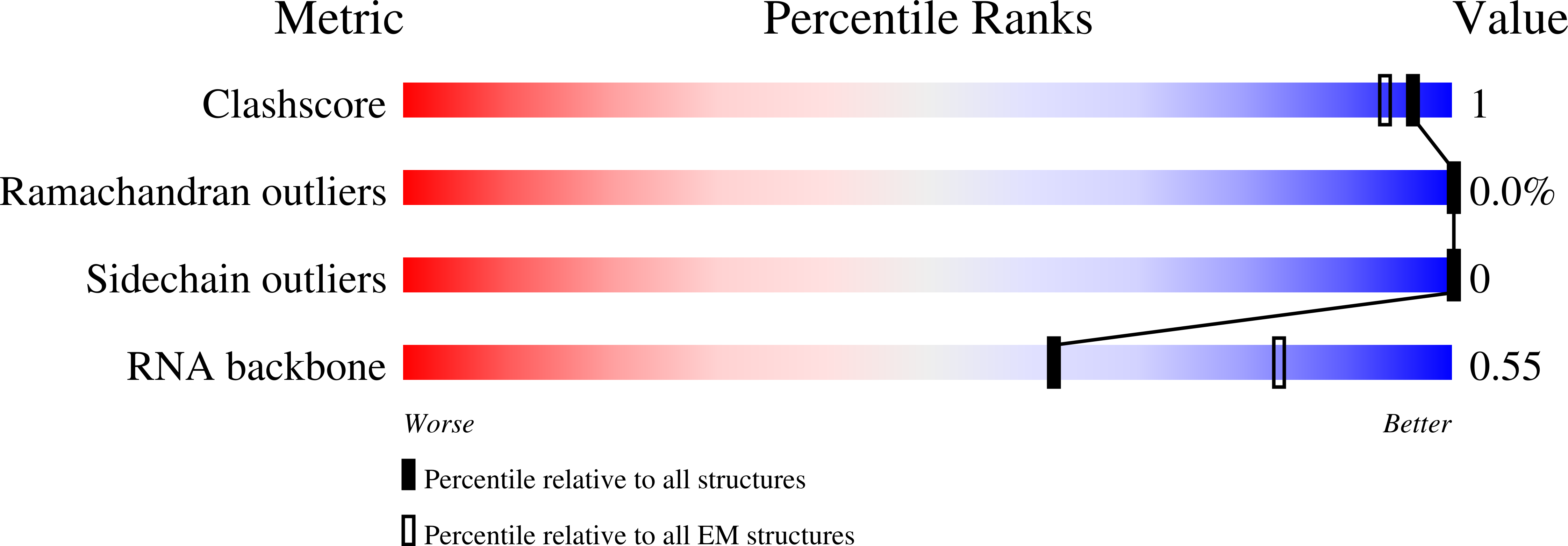
Deposition Date
2020-02-24
Release Date
2020-06-17
Last Version Date
2024-05-22
Method Details:
Experimental Method:
Resolution:
7.10 Å
Aggregation State:
PARTICLE
Reconstruction Method:
SINGLE PARTICLE


